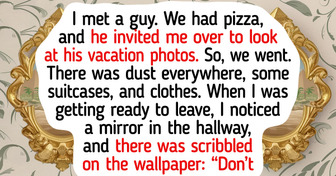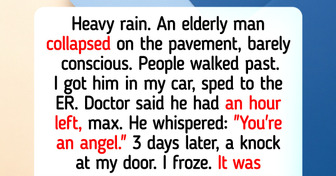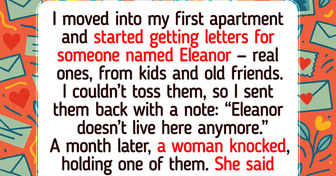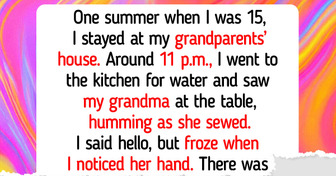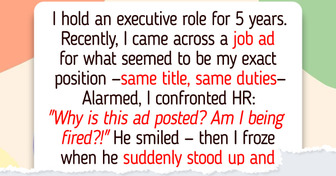I Refuse to Let My Husband Bring His Mom’s Cooking Into My House

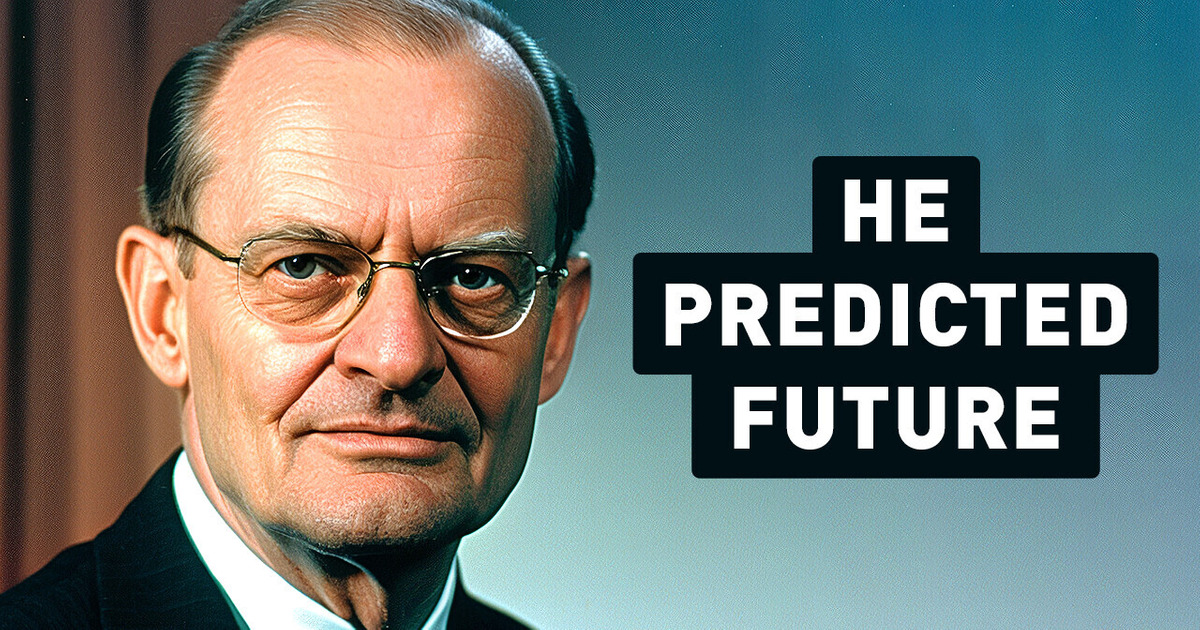
Let’s see now, mobile phones, remote surgery, communication satellites. You think it’s just another science show on TV. But wait, the image on the screen is black and white. A middle-aged man wearing glasses is talking. It’s a BBC documentary from 1964. The man’s name is Arthur C. Clarke. Yes, that’s the guy who helped Kubrick make the movie 2001: A Space Odyssey. You up the volume and can’t believe your own ears. Clarke is describing our present as if he was right next to you. So, what exactly is he saying?
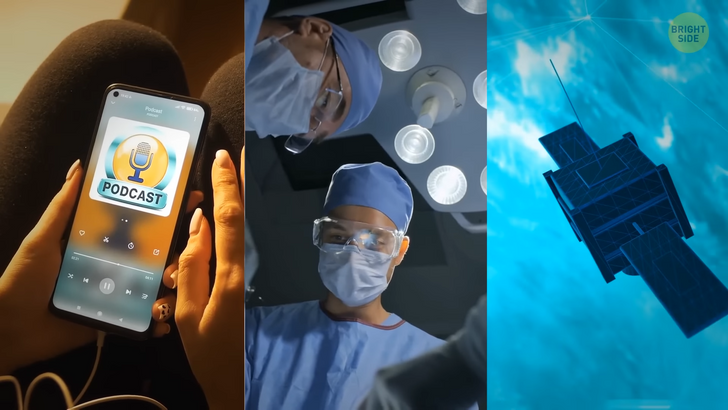
A world in which we can instantly contact each other. This is a no-brainer: Clarke was talking about messaging apps. He spoke about how we would be able to contact our friends anywhere on Earth. And the best part is, we wouldn’t have to know where they were. Yup, that sounds a lot like using a smartphone. Hehe, Mister Clark, you won’t even have to know your friend’s number; the device will remember it for you. The phones in the 1960s weren’t that advanced. This was the time when manufacturers were just starting to move from rotary dial telephones to push-button ones.
But Clarke saw further in the future of communication. He told a tale of how a person would be able to conduct business from Haiti or Bali as if they were in London. It was a BBC show, so don’t be surprised he mentions the English capital. Anyone who ever Zoomed or Skyped knows what the man was talking about. Digital nomads were hard to imagine 60 years ago. There was no other way to earn money but to have a 9 to 5 job. Today, you can open your laptop and work from anywhere on the planet.
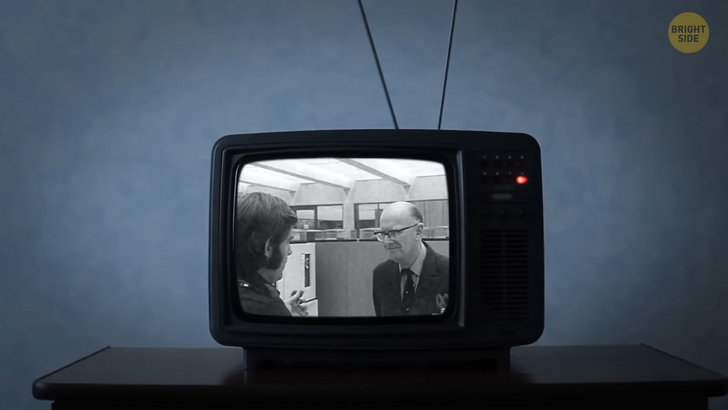
Next up: brain surgeons in Edinburgh operating on patients in New Zealand. Those were Clarke’s exact words. He was right about this as well. Remote surgery [telesurgery] became very real in 2001. A doctor who was in New York operated on a patient in France. How, you may ask? Robotics is the short answer. Did you ever have one of those remote control toys? The basic principle is the same. A surgeon controls a robotic arm performing the surgery. For this, they don’t have to be present in the operating room. They can even be on another continent. Clarke was spot on with this prediction.
Don’t commute, communicate. Sounds like an advertising slogan, right? Close enough. This is another example of how Clarke saw it all. Recently, workers across the globe got used to remote work. Now, t hey are simply refusing to return to the office. The least they’ll accept is hybrid work. That’s when you work from your bed for four days. And then drop by the office one day to say hello. This would have been impossible in the sixties. I mean, you could stay at home, but then you wouldn’t get paid. But this is not the end of Clarke’s predictions that came true.
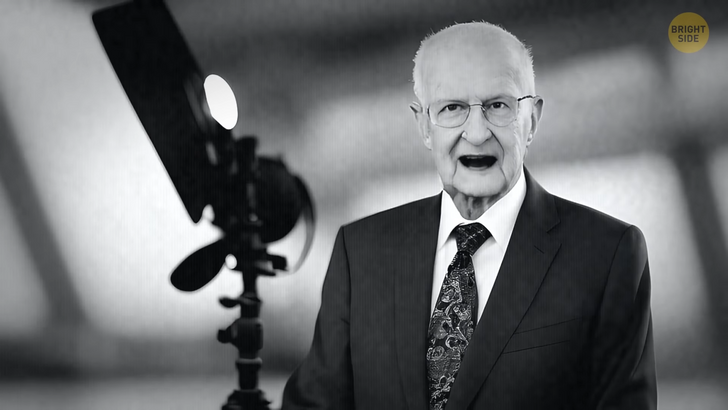
He was a pioneer in predicting the future. In 1945, he wrote an essay called Wireless World. A great title if we take into account that the first Wi-Fi network appeared in 1997. But what was this essay about? Nothing much. Just about launching communication satellites into orbit. But wait a second. That was more than a decade before the first artificial satellite [1957] started orbiting the Earth. Impressive. Okay, but it’s not like Arthur C. Clarke predicted the invention of the Internet or something?
Well, he did. In 1974, he described a device called coMsole that every home would have. Nope, he wasn’t talking about a gaming console. This coMsole would have a TV screen, and a typewriter keyboard, and people would get information from it. Isn’t this a desktop computer? Of course, it is, but explained in the seventies terms. Clarke could have added the mouse as well. I mean, he got everything else right. He also predicted what this coMsole slash PC would be used for. Getting bank statements, booking theater tickets, and browsing the news. This is exactly what we use computers and smartphones for today. And how do we do it? Google Search. Arthur Clarke had a vision of what a search engine would look like. Is there anything this man couldn’t predict?
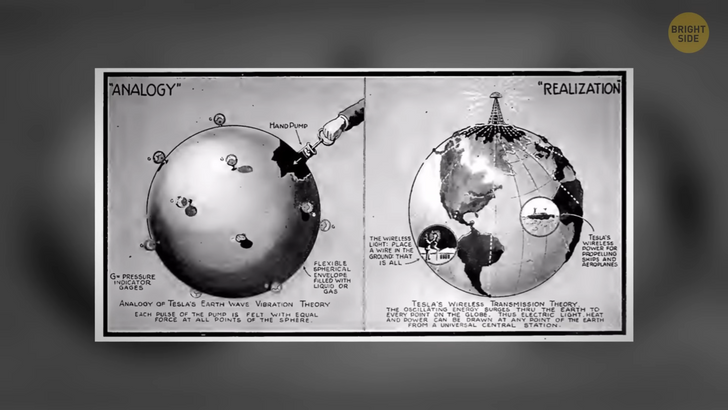
Well, he believed cities would completely disappear. But they are only getting bigger. The World Bank estimates that nearly 56% of the world’s population lives in cities today. This figure will only increase in the future. Sorry, Mister Clarke, that was a complete miss. Then, there are borderline cases. The man spoke about a replicator. Sounds like a gadget from a Bugs Bunny cartoon. That’s because it is. A machine that creates instant copies of everything is a bit off the charts. But to be honest, we have 3D printers today, although they are not as sophisticated as Clarke’s replicator. But who knows — this prophecy may come true in a decade or two.
The British writer wasn’t the only daydreamer of the period. Walter Cronkite, America’s favorite TV anchor, also had a go at predicting the future. Just three years after Clarke’s show aired on BBC [1967], Cronkite hosted a show called The 21st Century. The goal? To show the viewers what a 21st-century home would look like. And he was strangely good at it. Let’s start with his vision of the living room. Full-color, big 3D television screen? Check. Console controls that operate various gadgets? Check. Music that plays from speakers at a push of a button? Check. Now, I could be wrong, but did Cronkite just describe a home entertainment system? I think so.
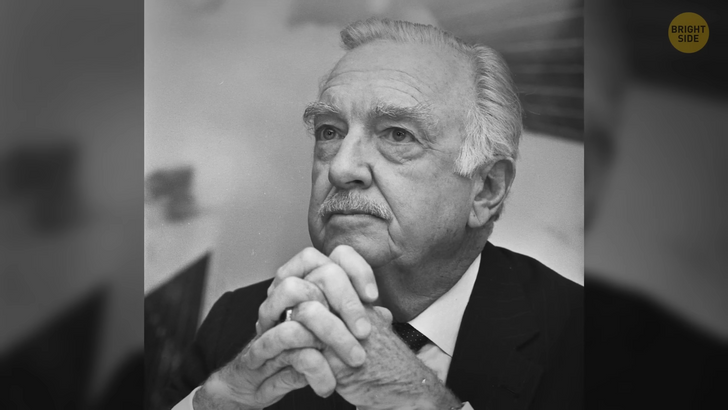
Hungry for more? Step into the imaginary kitchen from the year 2001. The plates are made from plastic on the spot. Ok, that one was a bit off. But you can still buy disposable plates at the supermarket. That was not the case in the sixties. Also, you had to clean the house yourself back then or hire help. Well, Cronkite and his guests hoped this would change. They spoke of small-scale robots that would accept instructions. They could even be programmed not to bump into humans while cleaning the home. And finally, these tiny robots wouldn’t have to look anything like us. You are probably staring at the robot vacuum cleaner in the corner right now.
Now, let’s talk business. The show imagined the home office with a futuristic printer. It would receive data from satellites and print our newspaper. Sounds naïve enough today. But keep in mind that the first laser printer appeared half a decade after the show aired [1971]. There was also talk of a closed-circuit camera system. These intercom systems are in every home today. 60 years ago, you had to use a peephole to see who was at the door. But the most mysterious gadget Cronkite mentions is an electronic correspondence machine. They didn’t explain its functions on the show, but it’s possible they were referring to a smartphone. At the time, the TV remote controller was all but perfect, so this gadget seemed even more impressive.
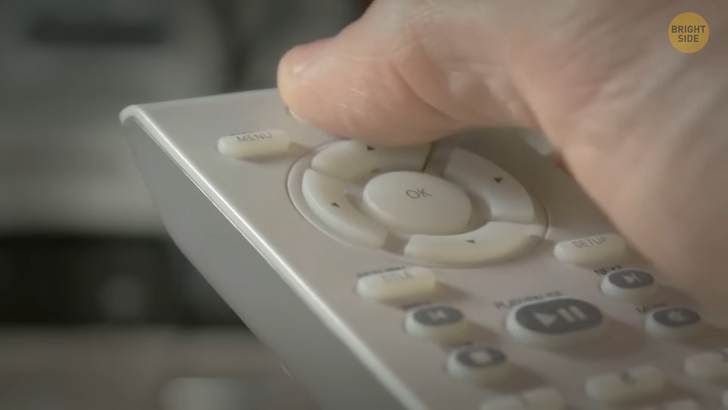
Ok, ok, we all know what you have been waiting for. Flying cars, right? Yes, Cronkite included this prediction in his other show, this time about the 20th century. Every now and then there is news of a tech start-up constructing a flying car. But it turns out to be a bust every single time. We can still only dream about taking off and flying over a traffic jam. The show from the 60s got some things about cars right, though. Inflated pillows? They were probably referring to airbags but misspoke. Cronkite also predicted anti-lock brakes [ABS]. Manufacturers started installing these into cars decades later. Then there were cruise control and motion sensors. Tracking the distance to the car in front of you seems common today. In the 1960s, however, drivers could only dream about such a function.
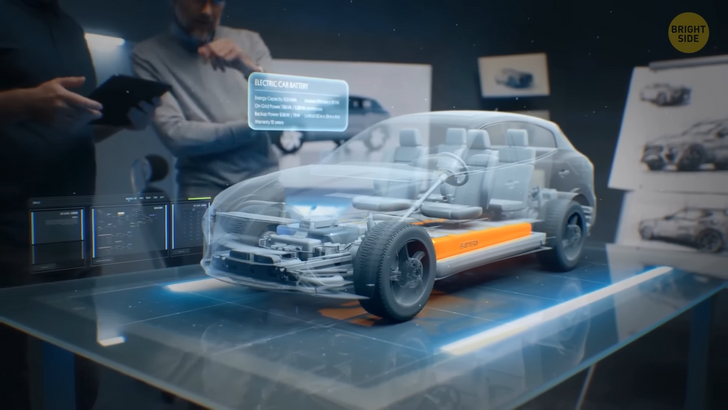
How many times have you heard your grandparents say how everything was of better quality back in their time? Well, this isn’t always a good thing. Traffic signs were solid, so a car would be severely damaged if it hit them. Cronkite accurately predicted that modern road signs would be intentionally weakened to fail and save the driver’s life.

